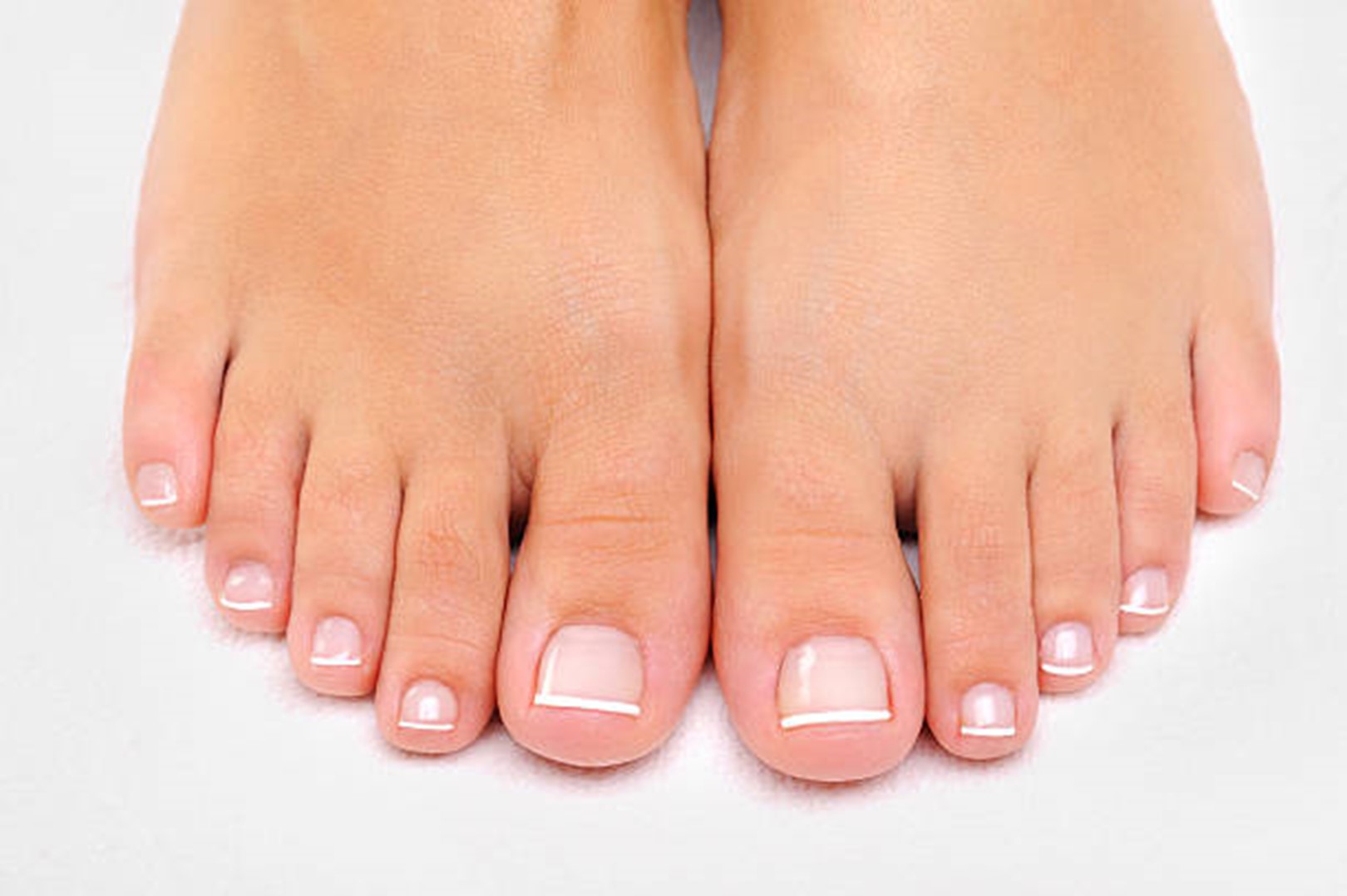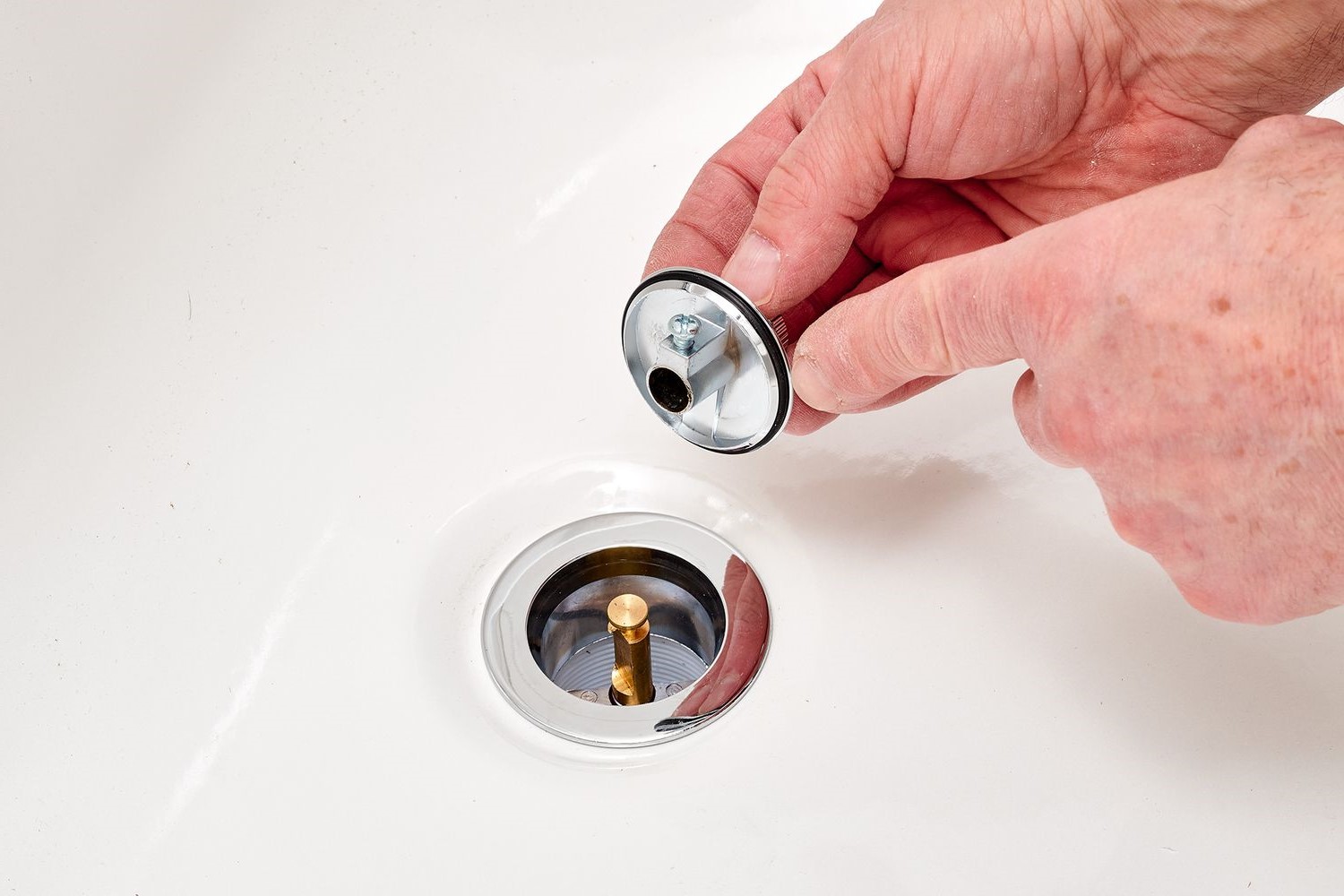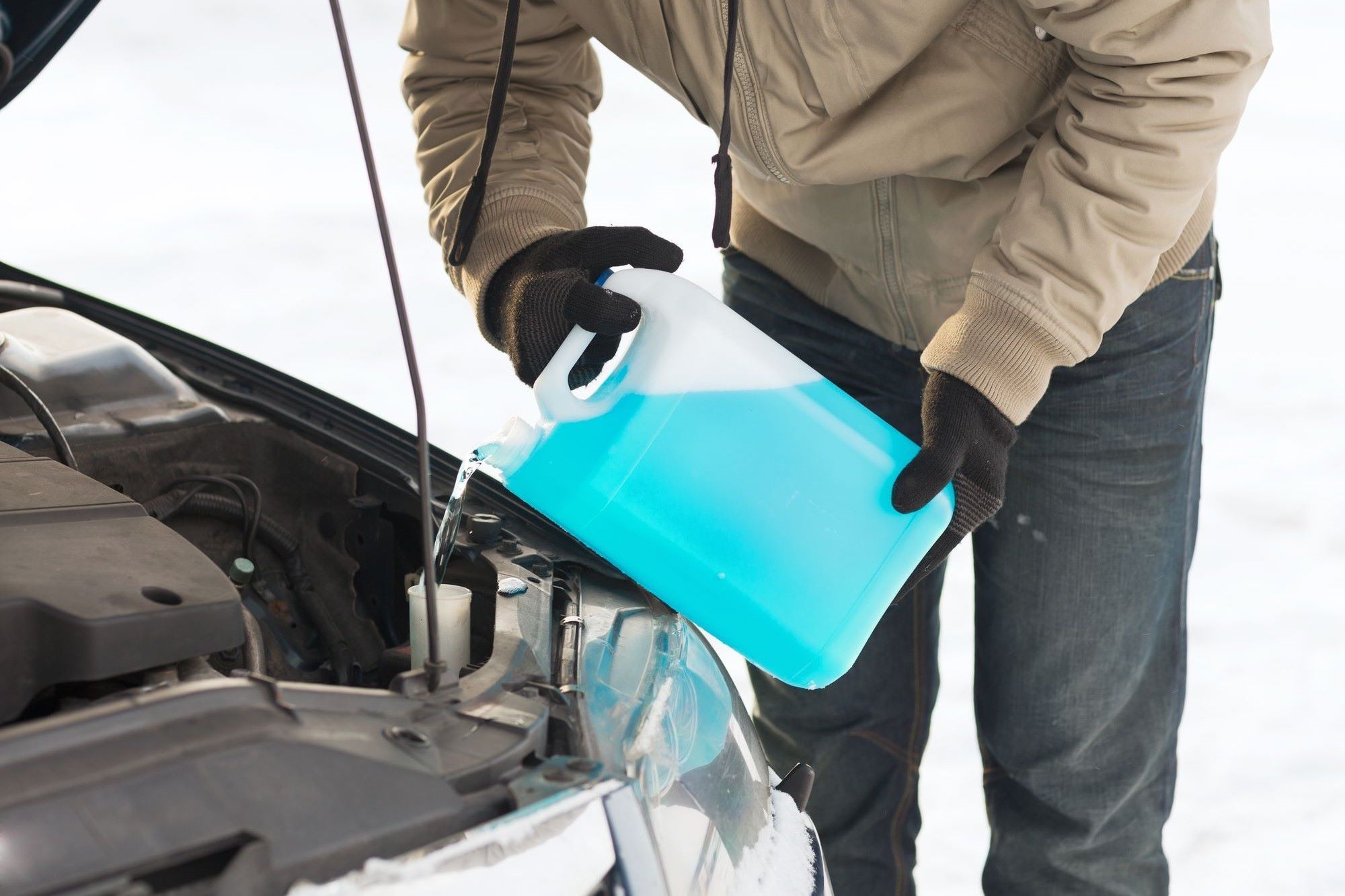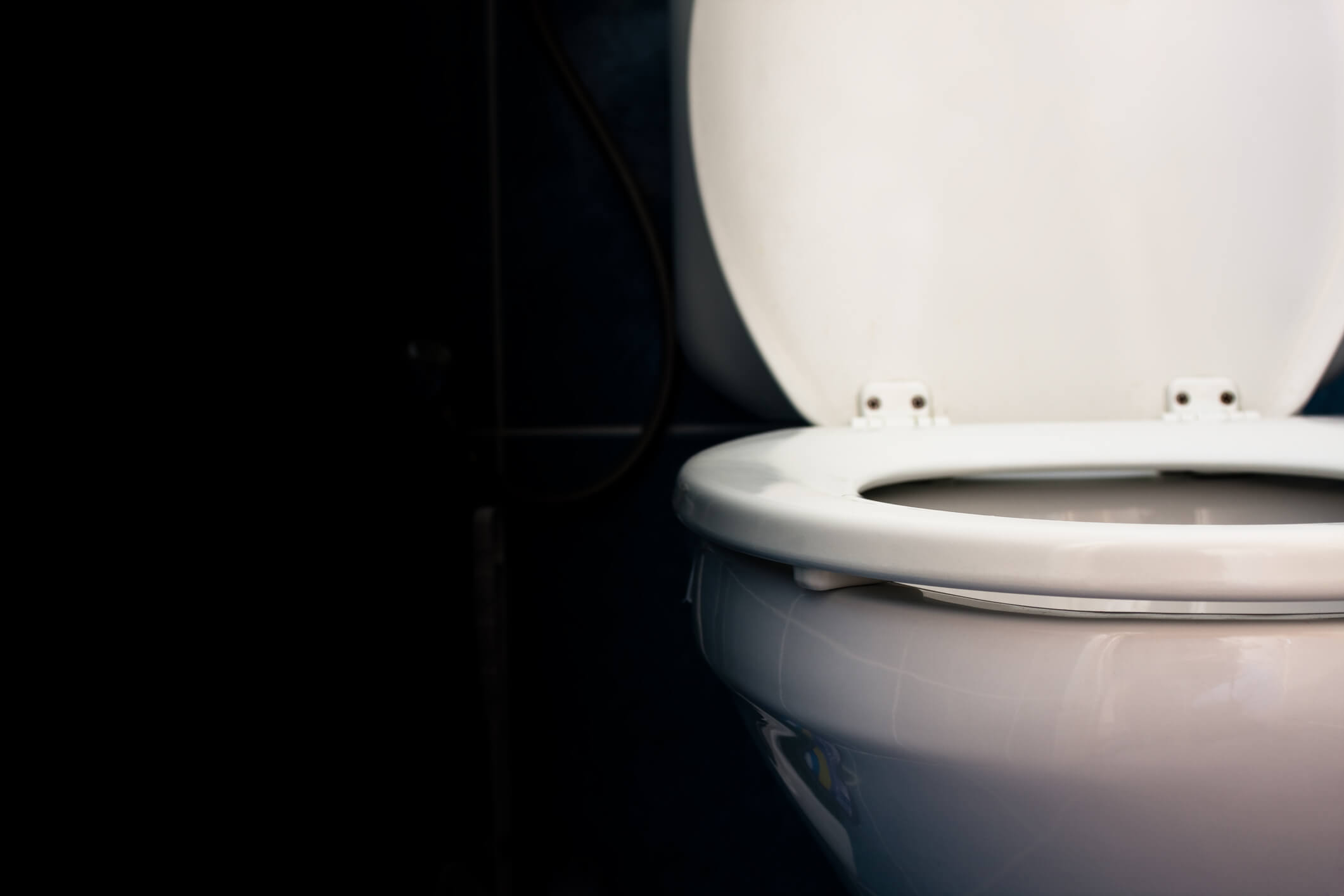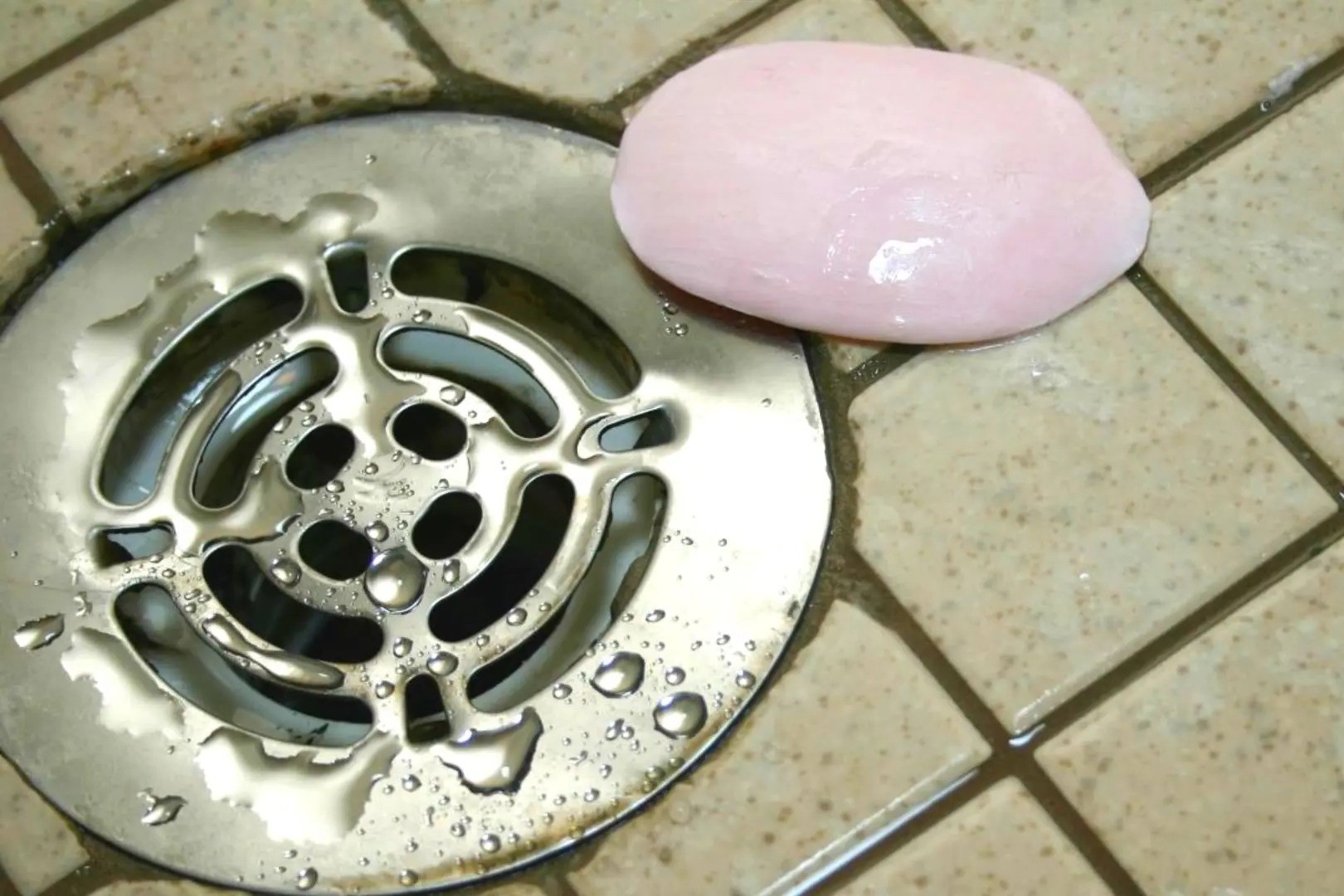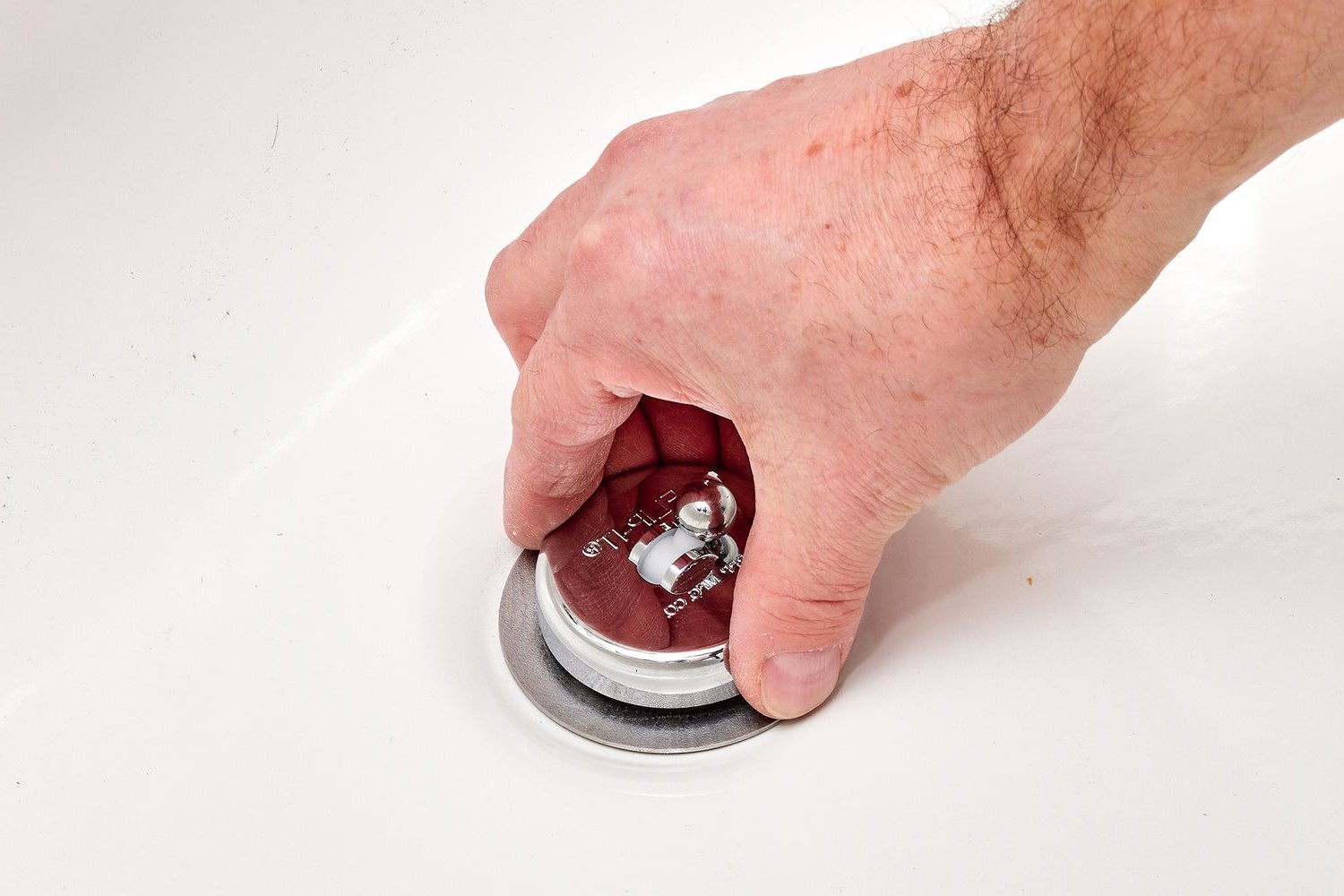Home>Health and Wellness>The Hidden Dangers Of Draining Knee Fluid
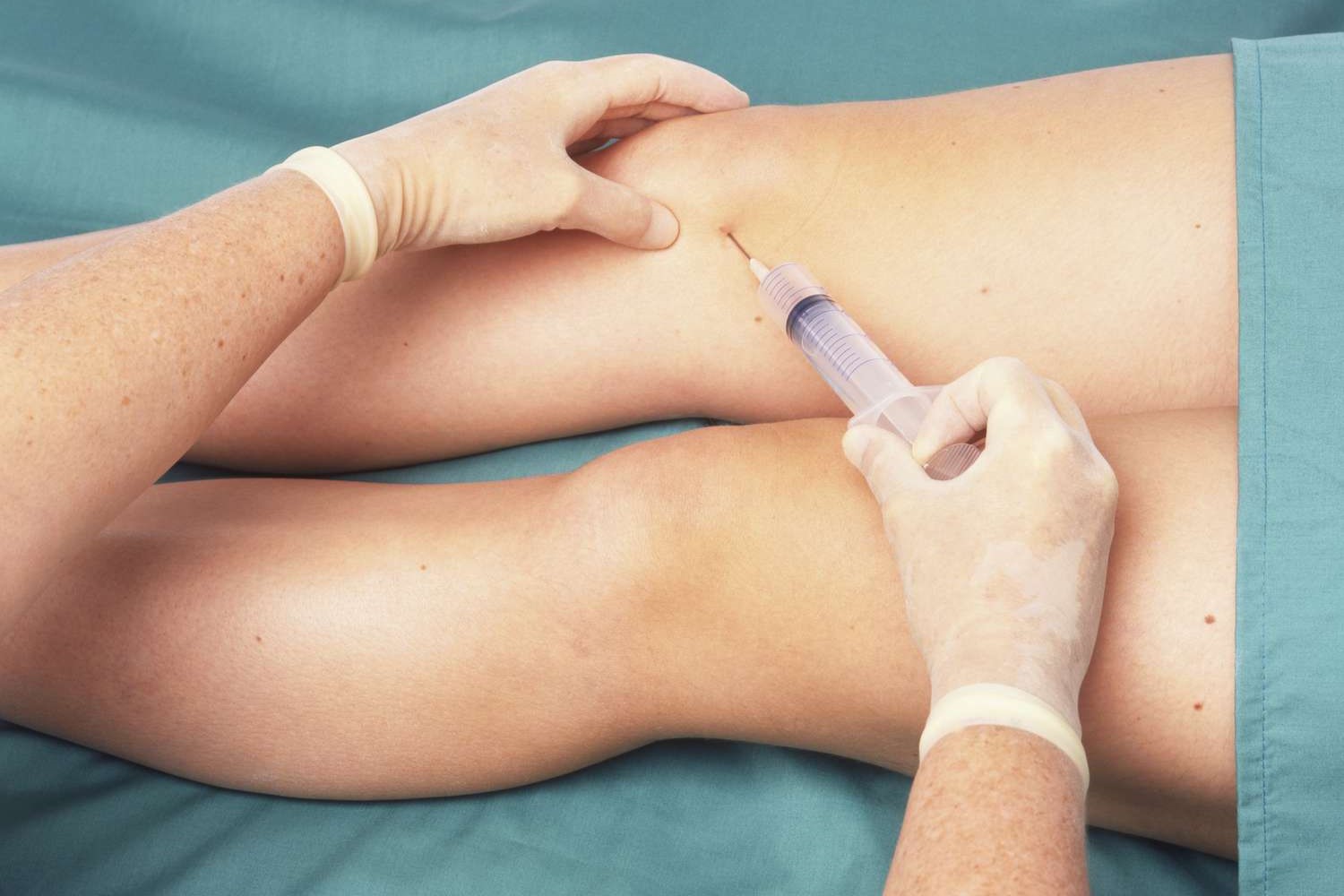

Health and Wellness
The Hidden Dangers Of Draining Knee Fluid
Published: January 19, 2024
Learn about the hidden dangers of draining knee fluid and how it can impact your health and wellness. Understand the risks and potential complications.
(Many of the links in this article redirect to a specific reviewed product. Your purchase of these products through affiliate links helps to generate commission for Noodls.com, at no extra cost. Learn more)
Table of Contents
Introduction
Draining knee fluid, also known as knee joint aspiration, is a common medical procedure performed to alleviate pain and swelling in the knee. This procedure involves the removal of excess fluid from the knee joint using a needle and syringe. While knee fluid drainage is often considered a routine and relatively safe procedure, there are hidden dangers associated with it that are not widely known.
In this article, we will delve into the intricacies of knee fluid drainage, exploring the reasons for this procedure, the potential risks and complications involved, and most importantly, the hidden dangers that patients should be aware of. By shedding light on these lesser-known aspects, we aim to provide valuable insights that can empower individuals to make informed decisions about their health and well-being.
Let's embark on a journey to uncover the hidden dangers of draining knee fluid, understanding the potential implications and precautions that can help safeguard the overall health and mobility of the knee joint.
What is Knee Fluid?
Knee fluid, also known as synovial fluid, is a viscous, straw-colored liquid that fills the synovial cavity of the knee joint. This specialized fluid serves crucial functions in maintaining the health and functionality of the knee joint. It acts as a lubricant, reducing friction between the bones and cartilage within the joint during movement. Additionally, knee fluid provides nourishment to the cartilage and aids in shock absorption, thereby supporting the smooth and pain-free mobility of the knee.
The composition of knee fluid is a complex blend of hyaluronic acid, lubricin, and various proteins, which collectively contribute to its lubricating and protective properties. Hyaluronic acid, a key component of knee fluid, helps maintain the viscosity of the fluid, promoting joint lubrication and flexibility. Lubricin, another essential constituent, acts as a boundary lubricant, reducing friction between the cartilage surfaces within the knee joint.
Furthermore, knee fluid plays a pivotal role in facilitating nutrient exchange within the joint, ensuring that the cartilage receives essential nutrients for its maintenance and repair. This process is vital for preserving the integrity of the knee joint and supporting its overall function.
The volume and composition of knee fluid are carefully regulated by the synovial membrane, which lines the inner surface of the joint capsule. Under normal circumstances, the production and drainage of knee fluid are balanced, maintaining the optimal environment for joint health. However, various factors such as injury, inflammation, or underlying medical conditions can disrupt this equilibrium, leading to an accumulation of excess fluid within the knee joint.
Understanding the fundamental role of knee fluid provides valuable insights into the significance of maintaining its balance and functionality. When considering the drainage of knee fluid, it is essential to recognize the intricate role this fluid plays in supporting the knee joint's structure and function. By appreciating the complexities of knee fluid, individuals can gain a deeper understanding of the potential implications associated with its drainage and the importance of preserving its physiological properties.
Reasons for Draining Knee Fluid
Knee fluid drainage, or knee joint aspiration, is typically performed to address underlying medical conditions that lead to the accumulation of excess fluid within the knee joint. The decision to drain knee fluid is based on a comprehensive assessment by healthcare professionals, taking into account the patient's symptoms, medical history, and diagnostic findings. Several compelling reasons may warrant the drainage of knee fluid, each aimed at alleviating discomfort and promoting the restoration of joint function.
-
Relief from Pain and Swelling: One of the primary reasons for draining knee fluid is to alleviate pain and swelling associated with conditions such as osteoarthritis, rheumatoid arthritis, gout, or other forms of inflammatory arthritis. The accumulation of excess fluid within the knee joint can lead to increased pressure, causing pain and discomfort during movement. By removing the excess fluid, patients often experience immediate relief, allowing for improved mobility and reduced discomfort.
-
Diagnostic Evaluation: Knee fluid drainage serves as a valuable diagnostic tool for identifying the underlying cause of joint inflammation and swelling. The aspirated fluid can be analyzed to determine its composition, including the presence of crystals, inflammatory markers, or signs of infection. This diagnostic information is crucial in guiding further treatment and management strategies, enabling healthcare providers to tailor interventions based on the specific underlying condition.
-
Treatment of Infection: In cases where knee joint infection, known as septic arthritis, is suspected, draining the infected fluid is essential for both diagnostic and therapeutic purposes. Septic arthritis can lead to rapid joint deterioration and systemic illness if left untreated. By draining the infected fluid and initiating targeted antibiotic therapy, healthcare providers can effectively combat the underlying infection and prevent further joint damage.
-
Relieving Pressure and Discomfort: Excessive fluid accumulation within the knee joint can exert pressure on surrounding structures, leading to discomfort and limited range of motion. Draining the knee fluid helps alleviate this pressure, providing relief from the sensation of joint fullness and supporting improved joint mobility.
-
Facilitating Other Treatments: In some cases, the drainage of knee fluid may be a preparatory step for other interventions, such as corticosteroid injections or viscosupplementation. By reducing the volume of fluid within the joint, these additional treatments can be more effectively targeted and have a greater impact on managing the underlying joint condition.
Overall, the decision to drain knee fluid is guided by the overarching goal of addressing the underlying cause of joint inflammation, relieving discomfort, and facilitating the most appropriate treatment pathway for each individual patient. By understanding the multifaceted reasons for knee fluid drainage, individuals can gain insight into the therapeutic rationale behind this procedure and its potential benefits in restoring knee joint health and function.
Risks and Complications
While knee fluid drainage is a commonly performed procedure with potential therapeutic benefits, it is important to acknowledge the associated risks and potential complications. Healthcare providers and patients alike should be mindful of these considerations to make well-informed decisions regarding the management of knee joint conditions. Understanding the potential risks and complications can guide healthcare professionals in implementing appropriate precautions and patients in evaluating the potential outcomes of the procedure.
Infection
One of the primary risks associated with knee fluid drainage is the potential for infection. The introduction of a needle into the knee joint creates a pathway for bacteria to enter, increasing the risk of joint infection. This risk is particularly pertinent in cases of pre-existing joint infection or compromised immune function. Healthcare providers take precautions, such as using sterile techniques and, in some cases, administering prophylactic antibiotics, to mitigate this risk. However, the possibility of infection remains a critical consideration in the context of knee fluid drainage.
Bleeding and Bruising
During knee fluid drainage, there is a risk of bleeding and bruising at the site of needle insertion. This risk may be heightened in individuals with underlying coagulation disorders or those taking anticoagulant medications. Healthcare providers assess the individual's bleeding risk and may adjust the procedure or provide appropriate post-procedural care to minimize the likelihood of excessive bleeding or bruising.
Pain and Discomfort
While knee fluid drainage can alleviate pain and discomfort associated with excess fluid accumulation, the procedure itself may cause transient discomfort or soreness at the site of needle insertion. Additionally, some individuals may experience mild discomfort during the aspiration process. Healthcare providers aim to minimize procedural discomfort by employing appropriate techniques and providing supportive care during and after the procedure.
Joint Injury
There is a potential risk of inadvertently causing injury to the structures within the knee joint during the aspiration process. Careful positioning and precise needle placement are crucial in minimizing the risk of unintended tissue damage. Healthcare providers with expertise in musculoskeletal procedures are adept at mitigating this risk through meticulous technique and anatomical knowledge.
Allergic Reactions
In some cases, individuals may experience allergic reactions to the local anesthetic or antiseptic solutions used during knee fluid drainage. While allergic reactions are relatively rare, healthcare providers remain vigilant and prepared to manage any unexpected allergic responses promptly and effectively.
Recurrence of Fluid Accumulation
Following knee fluid drainage, there is a possibility of fluid re-accumulation within the joint, especially if the underlying cause of fluid accumulation is not effectively addressed. Healthcare providers closely monitor patients post-procedure to assess for any signs of recurrent swelling or discomfort, guiding further management as needed.
By acknowledging these potential risks and complications associated with knee fluid drainage, healthcare providers can implement appropriate measures to minimize these risks, while patients can make informed decisions with a comprehensive understanding of the procedure's potential outcomes. These considerations underscore the importance of a thorough risk-benefit assessment and personalized approach in the management of knee joint conditions.
Hidden Dangers of Draining Knee Fluid
The process of draining knee fluid, while often perceived as a routine and beneficial procedure, harbors hidden dangers that warrant careful consideration. These lesser-known risks and implications shed light on the complexities involved in knee fluid drainage, urging both healthcare providers and patients to approach the procedure with heightened awareness and diligence.
Disruption of Joint Lubrication and Protection
Knee fluid, or synovial fluid, plays a pivotal role in lubricating and protecting the delicate structures within the knee joint. Its viscoelastic properties facilitate smooth movement and cushion the joint surfaces during weight-bearing activities. When excess fluid is drained from the knee joint, there is a potential disruption in the natural lubrication and shock-absorbing functions of the synovial fluid. This can lead to increased friction within the joint, potentially contributing to accelerated wear and tear of the cartilage and other intra-articular tissues. The compromised lubricating capacity may also diminish the joint's ability to withstand mechanical stress, impacting its long-term integrity and function.
Risk of Unrecognized Underlying Conditions
The drainage of knee fluid, while aimed at addressing immediate symptoms of pain and swelling, may inadvertently mask underlying pathological conditions. The aspirated fluid often serves as a diagnostic resource, providing valuable insights into the nature of joint inflammation and the presence of specific biomarkers or crystals. By draining the fluid, healthcare providers may lose the opportunity to thoroughly analyze its composition, potentially delaying the accurate diagnosis and targeted management of underlying joint disorders. This hidden danger underscores the importance of a comprehensive diagnostic approach, ensuring that the true nature of the knee joint condition is not obscured by the immediate relief obtained through fluid drainage.
Read more: How To Unclog A Washer Drain
Potential Compromises in Healing and Repair Processes
The removal of knee fluid through aspiration may disrupt the intricate balance of biochemical signals and cellular interactions within the joint microenvironment. Synovial fluid contains essential factors that contribute to the nourishment, repair, and maintenance of the articular surfaces. By draining this vital fluid, there is a potential compromise in the joint's capacity for self-repair and remodeling. This hidden danger is particularly relevant in the context of degenerative joint conditions, where the removal of synovial fluid may impede the natural healing responses and regenerative processes essential for preserving joint health and function.
Implications for Long-Term Joint Health and Stability
The cumulative impact of recurrent knee fluid drainage on the long-term health and stability of the knee joint is a significant hidden danger that warrants consideration. Frequent aspirations may disrupt the delicate equilibrium of the joint microenvironment, potentially contributing to progressive degeneration and instability. Furthermore, the repetitive removal of knee fluid may lead to a cycle of dependency on this intervention, masking the underlying factors contributing to fluid accumulation and delaying the implementation of comprehensive, sustainable management strategies for the knee joint.
By illuminating these hidden dangers, we emphasize the need for a judicious and individualized approach to knee fluid drainage. Healthcare providers and patients alike should carefully weigh the potential benefits against the lesser-known risks, ensuring that the decision to drain knee fluid is made with a comprehensive understanding of its implications for joint health and function.
Conclusion
In conclusion, the process of draining knee fluid, while serving as a valuable intervention for alleviating pain and swelling, encompasses a spectrum of considerations that extend beyond its immediate therapeutic effects. The intricacies of knee fluid, its role in joint health, and the multifaceted implications of its drainage underscore the importance of a comprehensive and discerning approach to this procedure.
The hidden dangers associated with knee fluid drainage, including the potential disruption of joint lubrication, the risk of masking underlying conditions, and the implications for long-term joint health, emphasize the need for a nuanced evaluation of its benefits and risks. Healthcare providers play a pivotal role in conducting thorough assessments, considering alternative management strategies, and engaging in transparent discussions with patients regarding the potential implications of knee fluid drainage.
Furthermore, patients are encouraged to actively participate in informed decision-making, seeking clarity on the rationale for knee fluid drainage, potential alternative approaches, and the long-term considerations for joint health. By fostering open communication and shared decision-making, healthcare providers and patients can collaboratively navigate the complexities of knee fluid drainage, striving to optimize both short-term relief and the preservation of long-term joint integrity.
As we continue to advance our understanding of musculoskeletal health and therapeutic interventions, it is imperative to approach knee fluid drainage with a holistic perspective, recognizing not only its immediate symptomatic relief but also its potential impacts on joint physiology and function. By integrating this comprehensive awareness into clinical practice and patient education, we can strive to mitigate the hidden dangers of knee fluid drainage, promoting the sustainable health and resilience of the knee joint.
Ultimately, the journey to uncover the hidden dangers of draining knee fluid serves as a call to action, urging healthcare providers and patients to embrace a proactive and informed approach that prioritizes the preservation of joint health and function. Through this collective commitment, we can navigate the complexities of knee fluid drainage with heightened awareness, fostering optimal outcomes and sustained well-being for individuals grappling with knee joint conditions.



